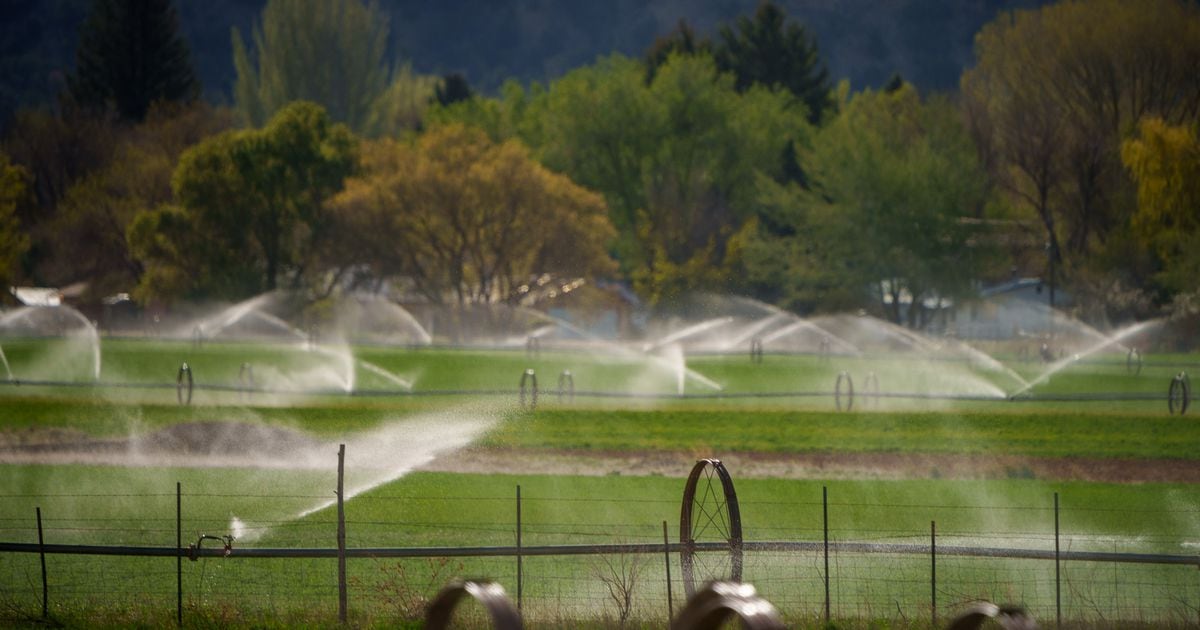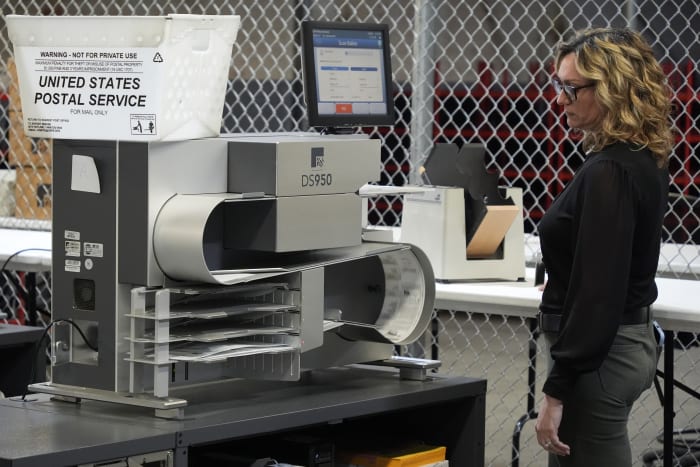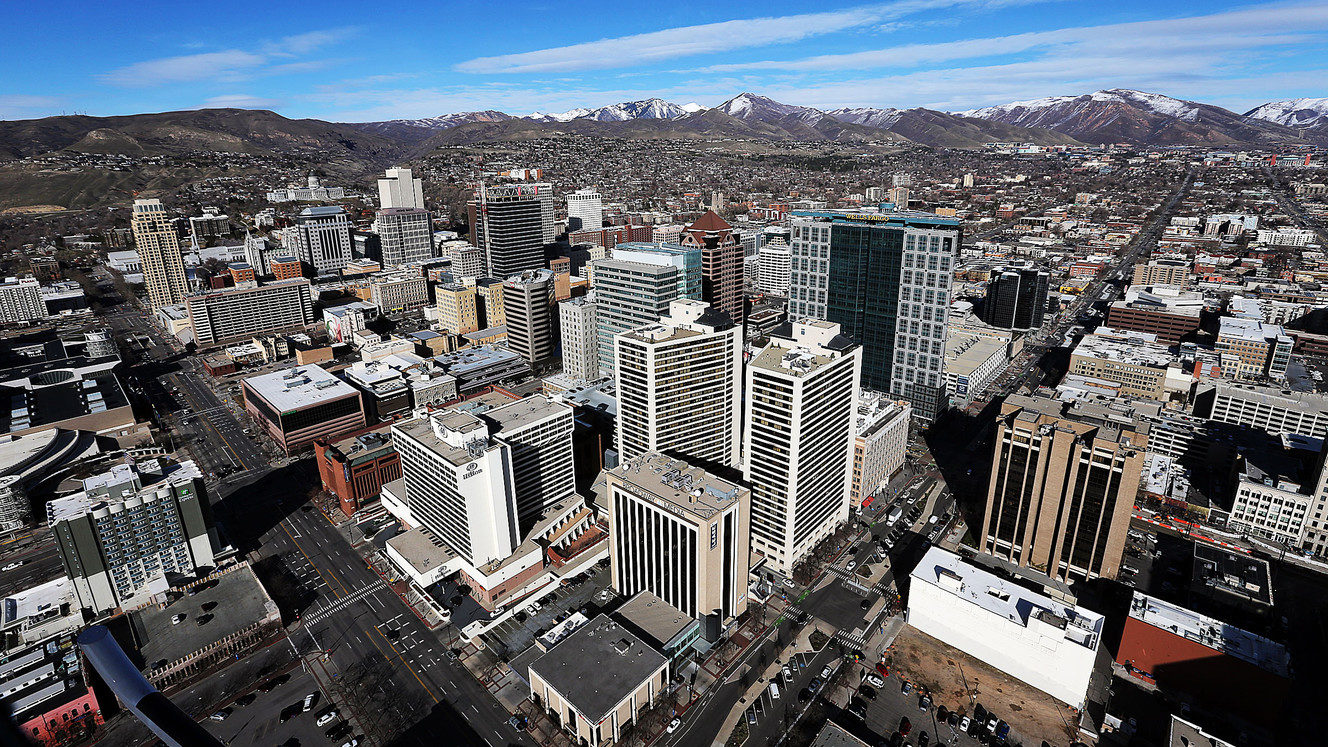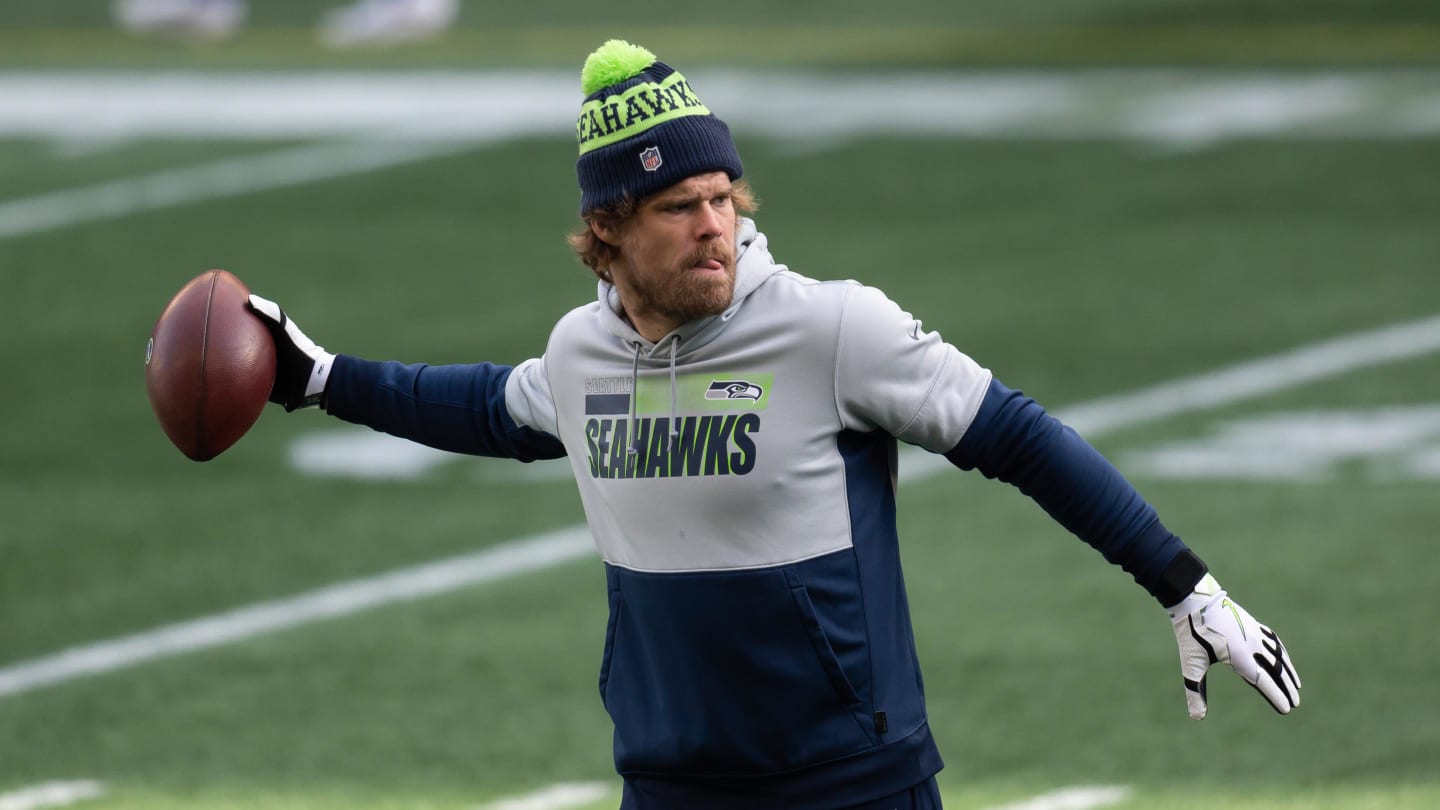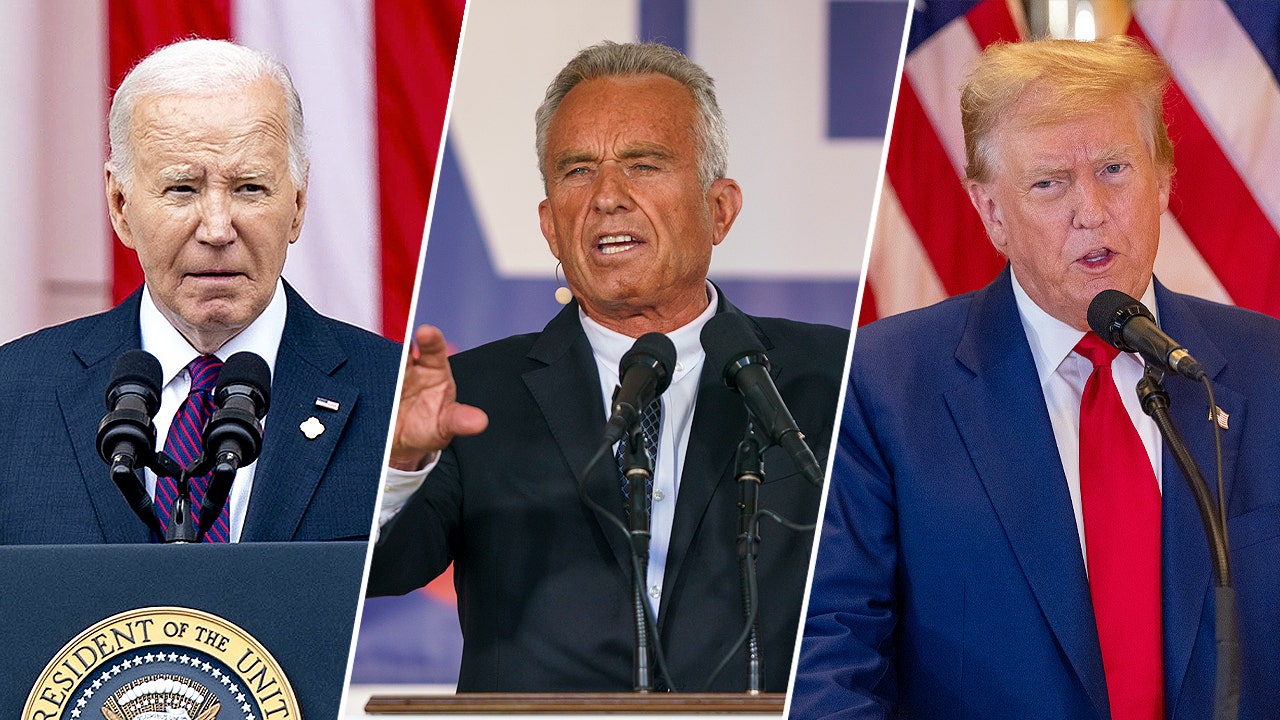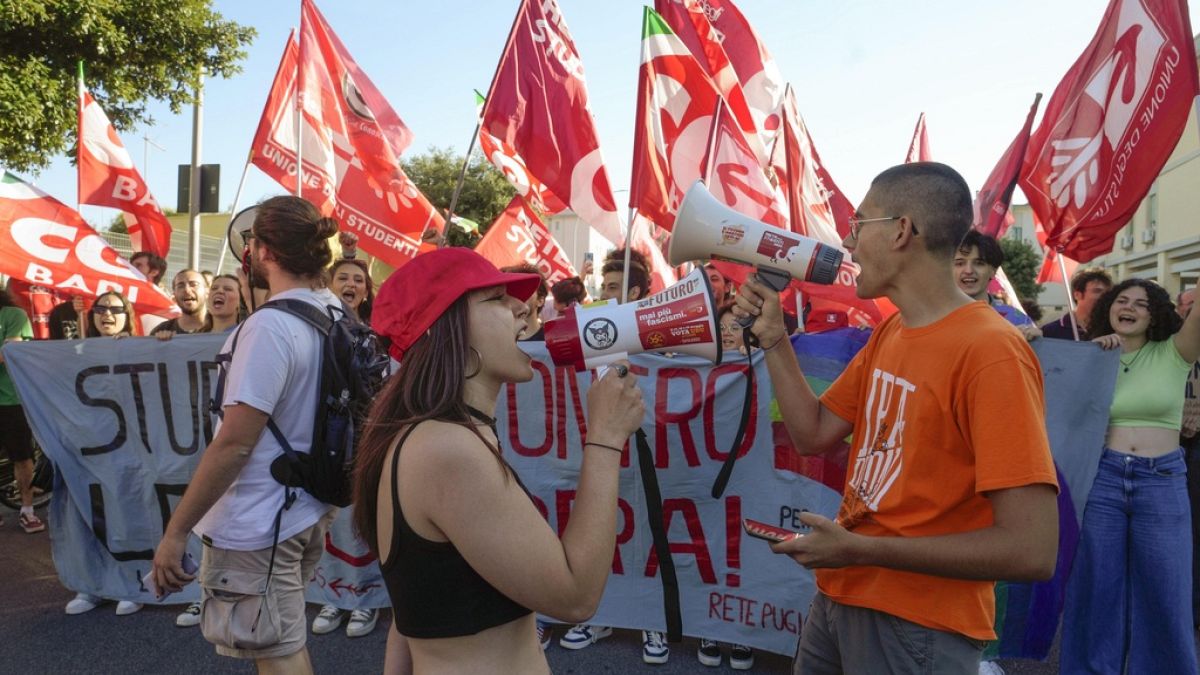“Sir, my concern is not whether God is on our side. My greatest concern is to be on God’s side, for God is always right.”
— Abraham Lincoln
Utah Gov. Spencer Cox took some grief for the proclamation he issued a couple of summers ago in which he asked Utahns to pray for rain.
Some — rightly, in our view — said that mixing religion and politics is never a good move, particularly in an era when religion is already far too divisive an issue, and in a state where religion already has its fingers too much into politics.
Others — also correctly — said that, while there is nothing wrong with a good, heartfelt prayer in times of woe, it is no substitute for concrete, earthly action, in this case steps to conserve water on scales large and small.
Bringing the Almighty into the argument is a distraction in Utah, where we are still not doing enough to let what little water we have flow downstream and into the Great Salt Lake.
So it must have given the governor no end of joy to double down on his religious approach to managing a public crisis — and pat himself on the back — by issuing another proclamation. One that declared July 2 a “Day of Prayer and Thanksgiving” in gratitude for all the, well, snow and rain that Utah has received since his first proclamation.
It has been a good water year for Utah. Cool weather helped control what could have been a damaging spring runoff of the state’s record snowpack and the Great Salt Lake and reservoirs have noticeably rebounded from recent record lows.
Though the lake is already starting to recede again.
So, now that our governor has taken his victory lap and established how he stands in the Lord’s favor, it is time to get serious about water issues in Utah.
It’s not that we haven’t done anything.
The last couple of legislative sessions have produced real steps toward recognizing that we live in a desert that, due to climate change, is becoming ever-more deserty.
One major step was a new rule that abandons more than a century of use-it-or-lose it water rights, allowing farmers and other large landowners to choose to allow their water allocations to flow on past without giving up their water rights altogether. Another launched what will be a long process to start metering what’s called “secondary water,” or untreated water that is used to irrigate gardens and landscaping and ought to be counted in the state’s water use. We’ve allocated roughly $1 billion to water over the last two legislative sessions.
The bad news is that a lot of the measures passed have been studies, committees, educational efforts and new offices. And that other proposals, such as establishing a minimum level for the Great Salt Lake, or telling city governments they can’t require residents and businesses to cover their properties with thirsty green grass, were shot down, some by an alliance of municipal governments and water districts.
And then there is alfalfa.
Alfalfa and other kinds of hay soak up half of the state’s water use each year and return 0.2% of the Utah gross domestic product. It’s just not worth it.
A much more aggressive plan to buy out agricultural water rights is necessary. The one we have isn’t enough to win over some of the state’s biggest water users, who reasonably fear their surrendered rights wouldn’t flow to the Great Salt Lake or to Lake Powell and many lakes, reservoirs and aquifers in between, but to new housing developments.
Well-deserved teasing aside, our governor’s habit of invoking prayer in response to climate emergencies may not be altogether silly, divisive or pointless if it is the right kind of prayer. And by that we do not mean of a certain denomination or faith tradition.
We mean the attitude of many Christians: that faith without works is dead. Or the Jewish idea of Tikkun olam, which for some Jews means one is not only responsible for creating a model society among one’s community but one is also responsible for the welfare of the society at large.
The point, as made by Abraham Lincoln, is not to decide what it is you want, and then hope you can convince God to weigh in on your side. The point is to determine what God wants. Or, in a less theocratic age, what is the right thing to do —and then align yourself and your actions accordingly.
When it comes to water use in the desert of Utah, our faith requires a lot more work, or we’re all dead. God forbid.

